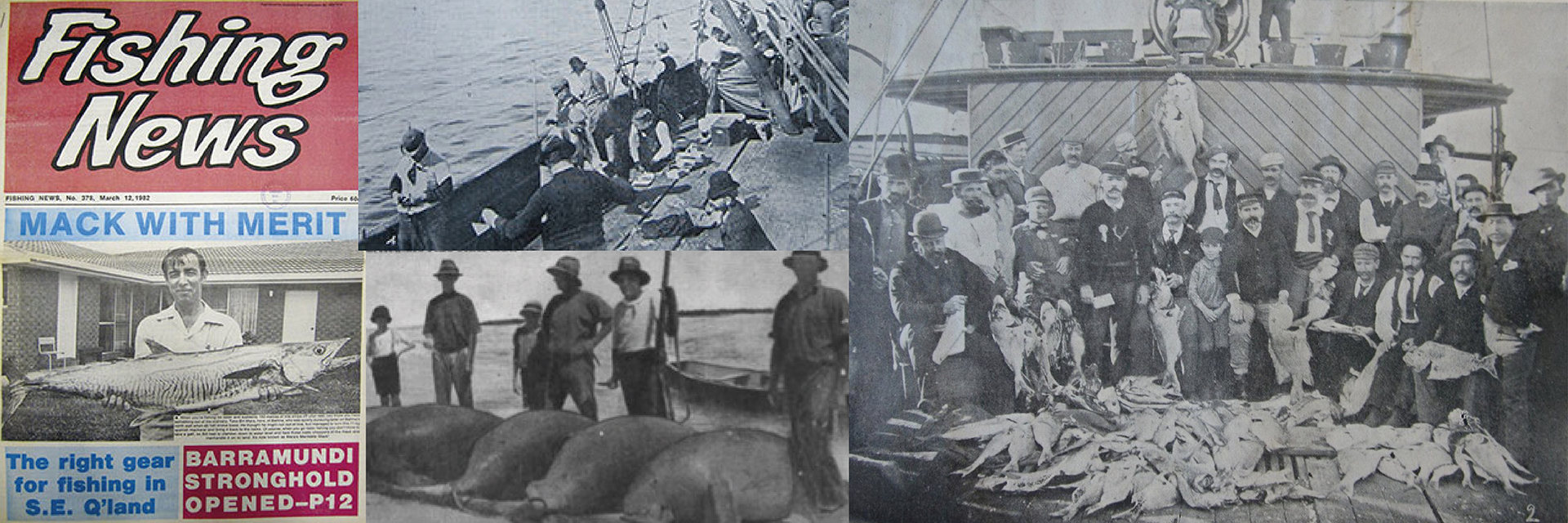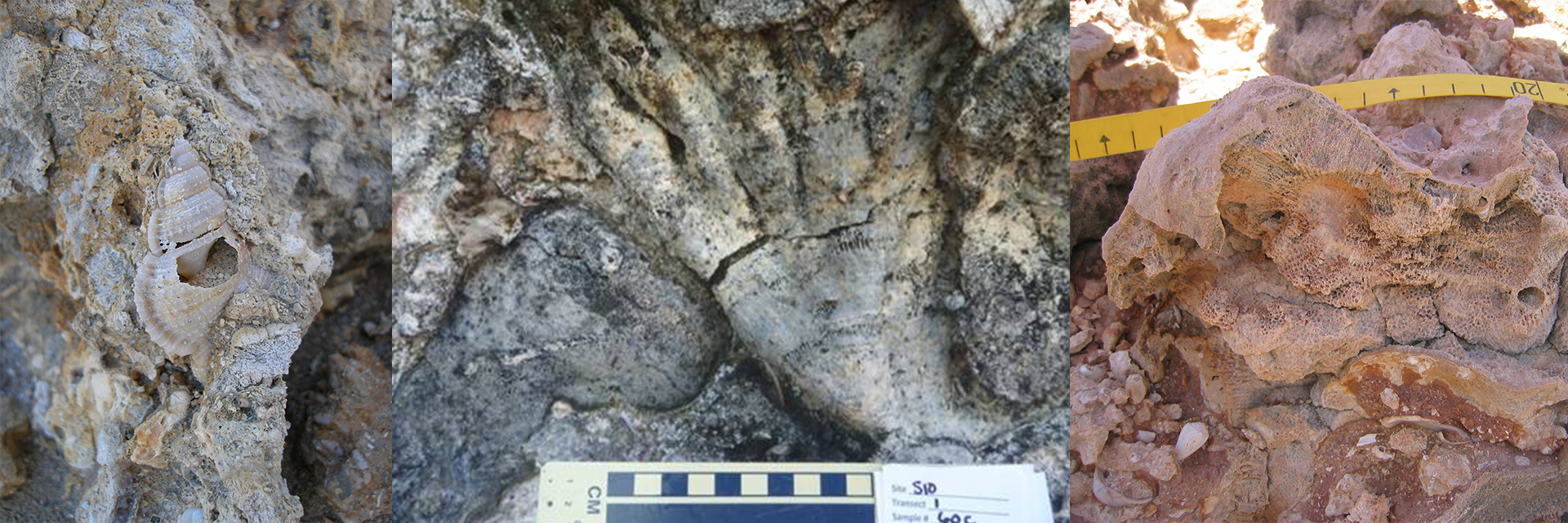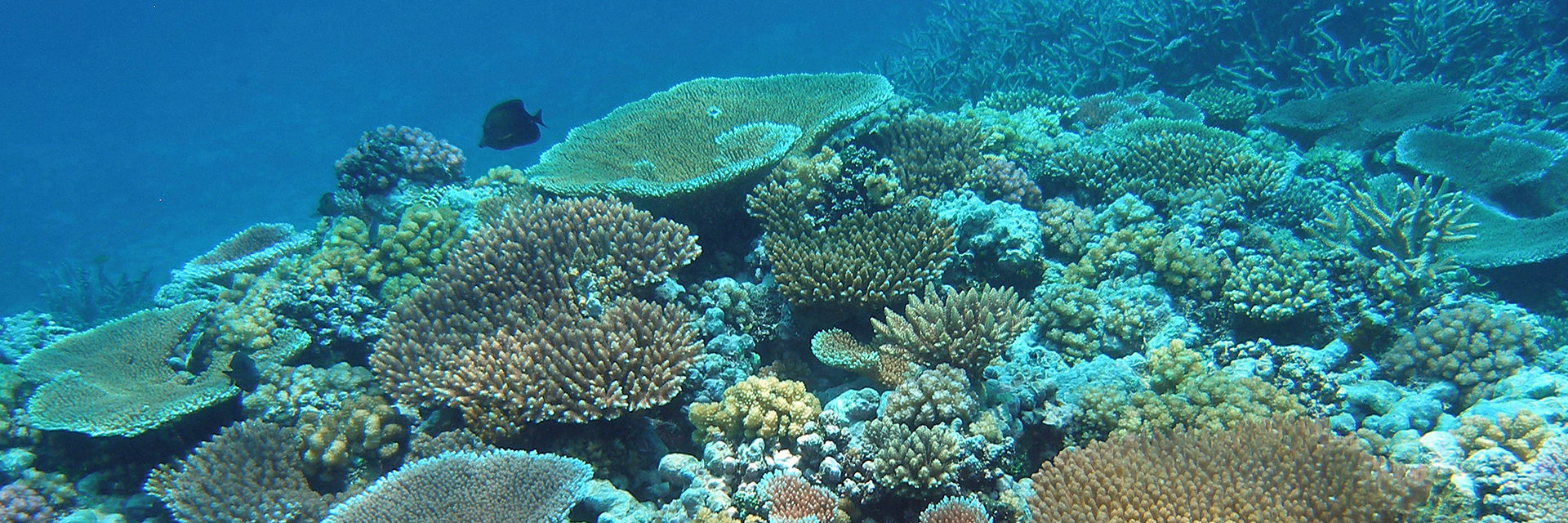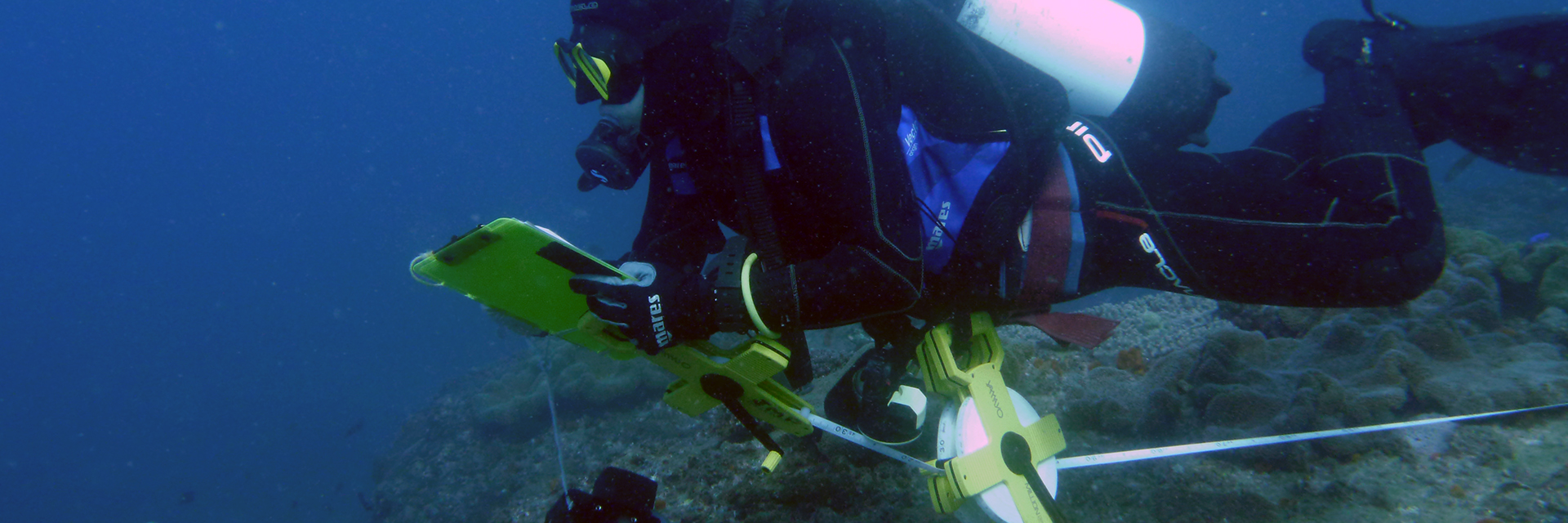AVAILABLE HONOURS PROJECT
Physical drivers of local to regional turnover in the fossil record: a meta-analysis
The global extinction of any species is ultimately a result of the extirpation of all the populations of that species. A handful of global mass extinctions as observed in the fossil record might be attributed to dramatic physical causes, such as volcanism and the environmental consequences of large bolide impacts. However, it is less clear what specific factors drives the local extinction of victim populations that ultimately lead to the extinction of its species. Environmental change is the norm over the history of the Earth and any given species is likely to experience fluctuating temperatures, salinity, acidity and a multitude of other environmental variables over the course of its life, regardless of whether or not they ever encounter a mass extinction event. In this study, we will compile information from individual published studies that examine the turnover of tiny planktic and benthic organisms, spanning the Mesozoic and Cenozoic. Each of these published studies focuses on the extirpation of species from a single locality or multiple localities in the context of one or more possible physical drivers. We will then apply meta-analysis techniques to to understand the general susceptibility of these organisms to environmental change, at local to regional scales.
Work involved: reading cool papers, extracting information from them, learning meta-analysis techniques, interacting with scientists from the United States, Norway and other countries, and most importantly, contributing to scientific knowledge.
And here are some of the papers you will read to extract information!
Clarke A, Crame JA. 1992. The Southern-Ocean Benthic Fauna and Climate Change – a Historical-Perspective. Philosophical Transactions of the Royal Society of London Series B-Biological Sciences, 338:299-309.
Kaiho K. 1994. Planktonic and Benthic Foraminiferal Extinction Events During the Last 100-M-Y. Palaeogeography Palaeoclimatology Palaeoecology, 111:45-71.
Kawagata S, Hayward BW, Grenfell HR, Sabaa A. 2005. Mid-Pleistocene extinction of deep-sea foraminifera in the North Atlantic Gateway (ODP sites 980 and 982). Palaeogeography Palaeoclimatology Palaeoecology, 221:267-291.
Leckie RM, Bralower TJ, Cashman R. 2002. Oceanic anoxic events and plankton evolution: Biotic response to tectonic forcing during the mid-Cretaceous. Paleoceanography, 17.
Paul CRC. 2005. Interpreting bioevents: What exactly did happen to planktonic foraminifers across the Cretaceous-Tertiary boundary? Palaeogeography Palaeoclimatology Palaeoecology, 224:291-310.
Van Simaeys S, De Man E, Vandenberghe N, Brinkhuis H, Steurbaut E. 2004. Stratigraphic and palaeoenvironmental analysis of the Rupelian-Chattian transition in the type region: evidence from dinoflagellate cysts, foraminifera and calcareous nannofossils. Palaeogeography Palaeoclimatology Palaeoecology, 208:31-58.






